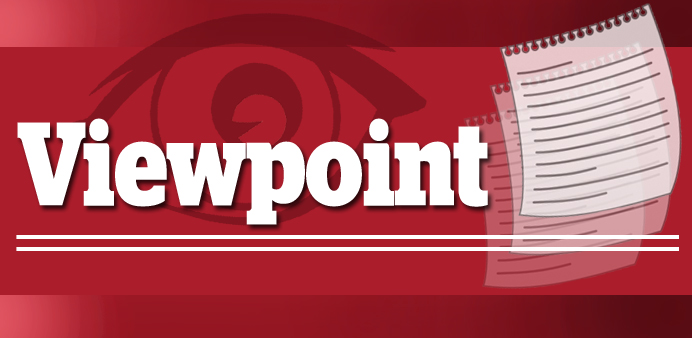Is the Federal Reserve so intent on raising the borrowing costs this year? Signs are it is in September, the first since 2006, despite both dovish and hawkish views within the US central bank itself as well as conflicting comments from market experts.
International Monetary Fund managing director Christine Lagarde advised the Fed on Thursday to delay a rate hike into 2016. The IMF slashed its growth forecasts for the US economy to 2.5% - from a 3.1% estimate in April - for the year. The Fund said a host of negative shocks, including a strong dollar and bad weather, had slowed down job creation and expansion.
The number of Fed doves is growing, though. Lael Brainard, a voting member of the Federal Open Markets Committee, said last week it might be prudent to delay a rate rise. Daniel Tarullo, another voting member, said US data this year had so far failed to show a rebound from the first quarter. Long-time dove Charles Evans of the Chicago Fed suggested he might prefer a 2016 second-half hike to an early-next-year move, matching the view of his colleague, Narayana Kocherlakota at the Minneapolis Fed.
Even St Louis Fed president James Bullard, one of the more hawkish officials, has suggested the weaker-than-expected retail sales have raised some doubts about the strength of the recovery. He still supports a hike in 2015.
Fed officials could still be shifting their projections, leaving a solid majority expecting the hikes to start in 2015. More of those officials, however, may favour just one cautious move this year.
Fed vice chairman Stanley Fischer says policy makers will consider global growth as they begin to raise interest rates, and that they could do it more gradually should the world economy falter. As for chair Janet Yellen, a first-quarter slowdown won’t deter the Fed from a rate hike this year, but the subsequent pace will be gradual.
The Fed, for sure, is also mindful of the market tantrum that followed then-chairman Ben Bernanke’s May 2013 taper testimony to lawmakers.
US credit markets have already factored in a rate hike this year. Last Friday, bond traders quickly pulled forward their expectations for a rate increase, assigning better than even odds of a move in September after a jobs report showed the payrolls climbed the most in May in five months.
The Fed’s intention to raise interest rates and a protracted slowdown in China are the top worries for the financial world for the second half of this year, according to Mark Zandi, chief economist at Moody’s Analytics.
No matter when the Fed will raise interest rates, this year or the next, the move can leave an unprecedented impact on the global economy. Lagarde said the world could be in for a “bumpy ride” with overpriced markets and emerging economies likely to take the biggest hits.

